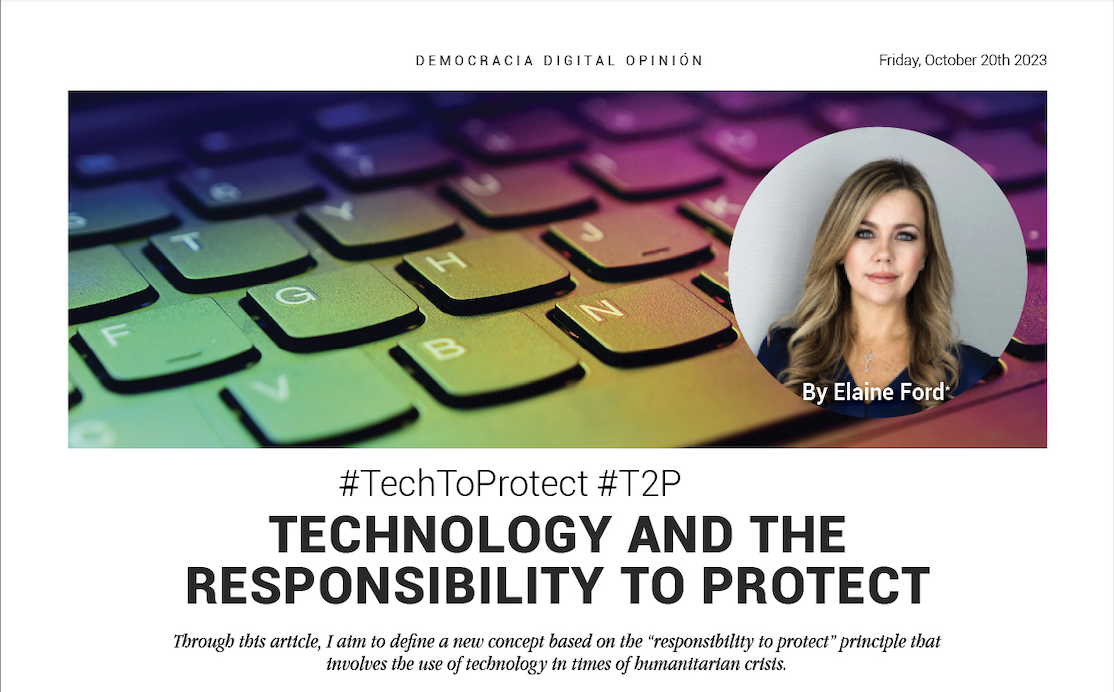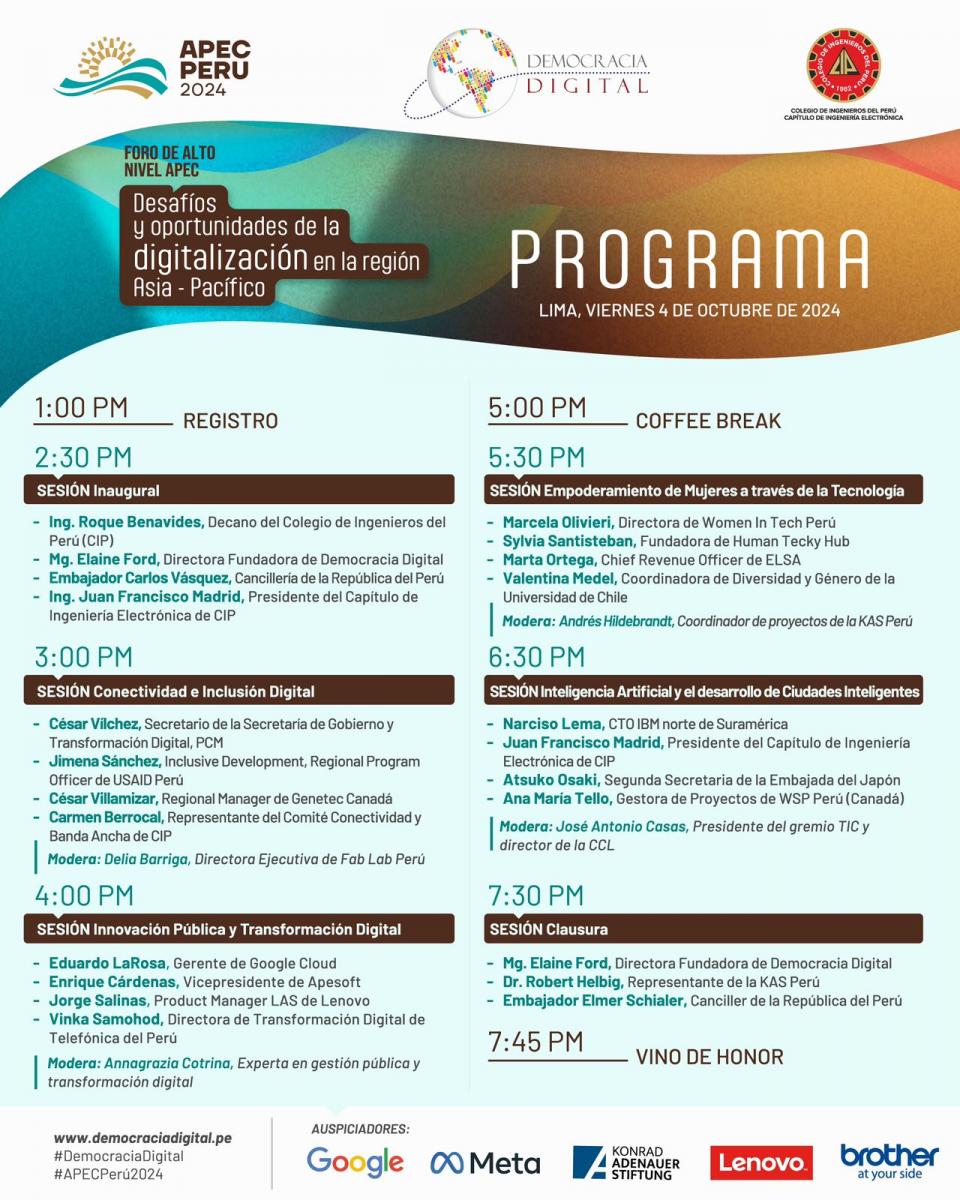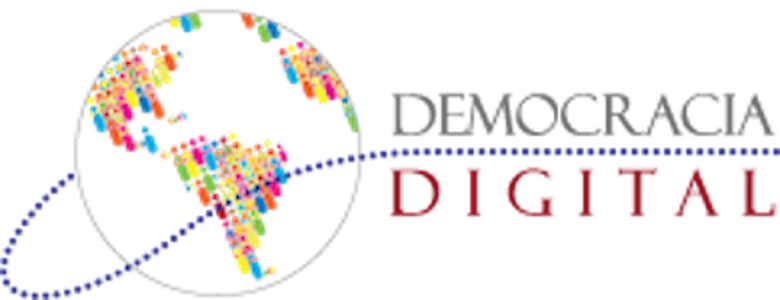ARTICLE | Technology and the Responsibility to Protect

#TechToProtect #T2P
By Elaine Ford*
Through this article, I aim to define a new concept based on the “responsibility to protect” principle that involves the use of technology in times of humanitarian crisis.
In 2005, the United Nations adopted the principle of "Responsibility to Protect" (R2P), which establishes the action of the international community to protect civilian populations in cases of genocide, crimes against humanity, war crimes, ethnic cleansing, and other inhuman acts when a state fails to fulfill its responsibilities and thus prevent these events from occurring.
Nearly 20 years have passed since the adoption of R2P in the framework of international law. Unfortunately, atrocities and barbarism against humanity continue to occur on a global scale, as if there were no lessons learned throughout history. However, there is an encouraging fact: during this time, technological development has advanced by leaps and bounds. This technology places us in a very different scenario than in 2005. Today, we operate in societies with empowered digital users and under a new model of multilateralism that involves the active participation of various actors. Therefore, not only states should intervene in these crisis situations. The internet and emerging technologies provide citizens with tools to act, prevent, alert, and report cases that threaten human beings, meaning they have the resources to intervene and not just be passive observers of events.
The recent war between Israel and Hamas leaves us with a feeling of helplessness, with a sense of being tied by our limited capacity for deterrence. However, personally, I believe that we can all intervene and contribute to peace. Through technology, citizens also have the responsibility to protect in our hands.
Following the recent attacks on October 7th, we have seen how political and social polarization has increased significantly in online spaces. With that, hate speech and online misinformation are recurring practices that poison the atmosphere and encourage aggression. Attacks on critical infrastructure in cyberspace also tend to proliferate in times of crisis.
Considering the attributes of emerging technologies, especially the boom of generative Artificial Intelligence (AI), we could better harness their potential for assertive actions, such as:
• Processing and analyzing big data for preventive purposes.
• Verifying misleading information quickly and accurately.
• Helping predict trends in online behaviors and actions.
• Moderating hate, hostile, and untrue content.
• Strengthening and protecting infrastructure from cyberattacks or cybercrimes.
• Identifying creators and agitators of hate on social networks.
• Facilitating the design of counter-campaigns in case of aggression.
• Supporting audience segmentation to provide responses.
• Alerting to unusual practices on social networks.
• Monitoring actions of fake or suspicious accounts.
• Making official information transparent without compromising the safety of individuals.
"Technology to protect" is a concept I define as the best human and contemporary tactic to use the technology at our disposal when humanity is at risk. The cases I expose are just some that come to light. With a timely, effective, and ethical response, we will contribute to strengthening trust in online spaces, reinforcing the truth and integrity of information, and reducing levels of polarization and hatred. All of this will add to the great purpose of protecting civilians and vulnerable populations in times of war.
We need to use technology for good, to prevent the escalation of violence both online and offline, always prioritizing the rights and freedoms of individuals. These actions should be framed within international instruments for the protection of human rights and international law.
I hope this first installment on this topic is a contribution to an issue that is of special relevance to the world order and global peace. "Technology to protect" is the new way in which we should interact in this digital era and in times of war, always prioritizing the collective good.
* Elaine Ford is the founding director of Digital Democracy in Peru and Latin America. She served as the president of Internet Society (ISOC) Peru from 2016 to 2021 and is the author of various books, including "The Challenge of Digital Democracy: Toward an Interconnected Citizenship" (2019). @elaforde

